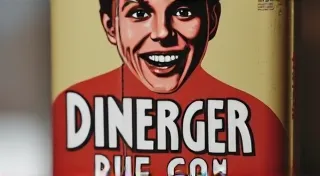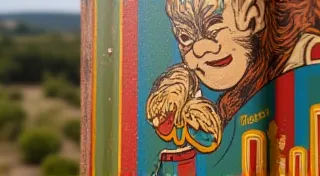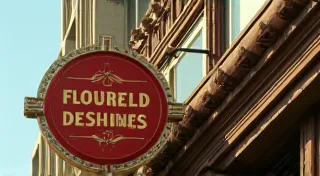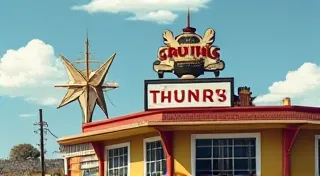Echoes in Enamel: How Forgotten Brands Whisper Stories of a Bygone Era
The scent of aged metal, the gentle rattle of rust under your fingertips – these are the sensory cues that draw collectors to the captivating world of vintage advertising signs. They’re more than just faded advertisements; they are palimpsests, layered histories etched into metal and wood, silent witnesses to eras long past. Each sign holds the ghost of a brand, a product, and a culture irrevocably altered by the relentless march of time. It’s a hobby that intertwines history, artistry, and a touch of melancholic beauty.
I remember my grandfather’s garage. It wasn't filled with gleaming tools or pristine vehicles, but with a collection of discarded treasures – a chipped porcelain doll, a stack of old National Geographic magazines, and, tucked away in a dusty corner, a faded sign advertising “Kellogg’s Pep.” I was probably eight years old, and while my cousins clamored for the toy cars, I was drawn to that sign. Its vibrant colors, even dulled by decades, and its bold typeface sparked a curiosity I couldn’t ignore. I didn't understand its significance then, but it planted a seed – a fascination with the tangible remnants of a lost world.
The Psychology of Persuasion: Branding Before Branding
Before slick marketing campaigns and focus groups, there were hand-painted signs, often large and imposing, that boldly declared a product’s virtues. Consider the early days of Coca-Cola, when the familiar Spencerian script was painstakingly rendered by artisans, each sign a unique testament to their skill. These weren't mass-produced; they were crafted. They demanded attention. The psychology behind these early advertisements was surprisingly sophisticated. They appealed to aspiration, to a sense of community, and often leveraged imagery that resonated deeply with the values of the time. Think of the signs featuring idealized families enjoying a refreshing bottle of soda, reinforcing the idea of happiness and togetherness. Understanding how these signs influenced consumer behavior is a fascinating field of study – a deeper dive into the psychology of advertising signs reveals just how cleverly marketers employed visual cues and persuasive techniques.
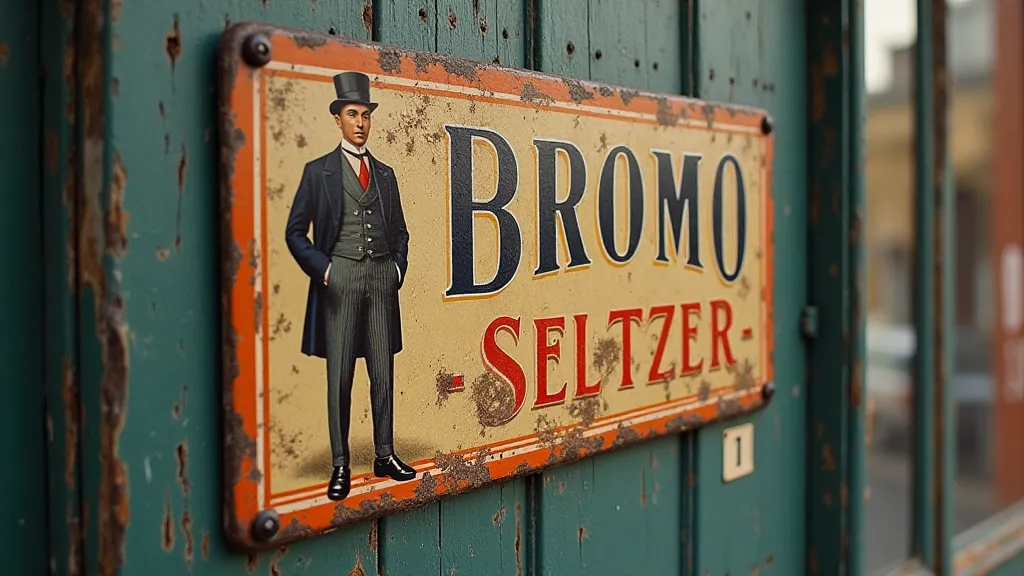
The brands themselves often reflected the social and economic landscape. “Bromo-Seltzer,” for instance, wasn't just a headache remedy; it became synonymous with relief and wellbeing, its branding interwoven with the anxieties of a rapidly industrializing society. Similarly, signs for defunct brands like “Rip Van Winkle” tonic, intended to combat insomnia, offer a poignant glimpse into the stresses and anxieties of a generation battling the modern world. Their failure wasn't necessarily due to a bad product, but often because they were eclipsed by larger, more adaptable competitors, or simply became casualties of changing consumer tastes. The era of these iconic signs was heavily influenced by the Art Deco movement, which permeated design across many industries.
The Craftsmanship: A Lost Art
What truly sets vintage advertising signs apart is the sheer artistry involved in their creation. Early signs were primarily hand-painted, often using techniques that demanded years of apprenticeship. Porcelain enamel signs, with their vibrant colors and durability, were created by layering enamel over metal, firing it in a kiln, and then meticulously hand-painting the design. This process was incredibly labor-intensive, and the skill of the artist was paramount. Look closely at a well-preserved example, and you're likely to see subtle imperfections – slight variations in brushstrokes, minute color inconsistencies – that are a testament to the human hand that created it.
Metal signs, often made of tin or galvanized steel, were similarly crafted with care. Lithography, a process of printing from stone or metal, became increasingly popular, allowing for more intricate designs and greater production efficiency. But even lithographed signs often incorporated hand-painted details, blurring the line between mass production and artistic creation. The evolution of automotive signage is a particularly rich area to explore. For those interested in a deeper look, consider researching the golden age of automotive advertising signs; it’s a period brimming with unique designs and compelling stories.
A Reflection of Shifting Tastes
The evolution of advertising signs provides a fascinating window into changing consumer habits and evolving social mores. The rise of the automobile, for example, led to a boom in gas station signs, each vying for the attention of motorists. The post-war economic boom fueled a surge in demand for consumer goods, and advertising signs proliferated, showcasing everything from refrigerators to radios. As tastes changed, so too did the designs of the signs, reflecting the optimism and dynamism of the era. The sleek lines of Art Deco signage gave way to the bolder, more graphic styles of the mid-century modern period.
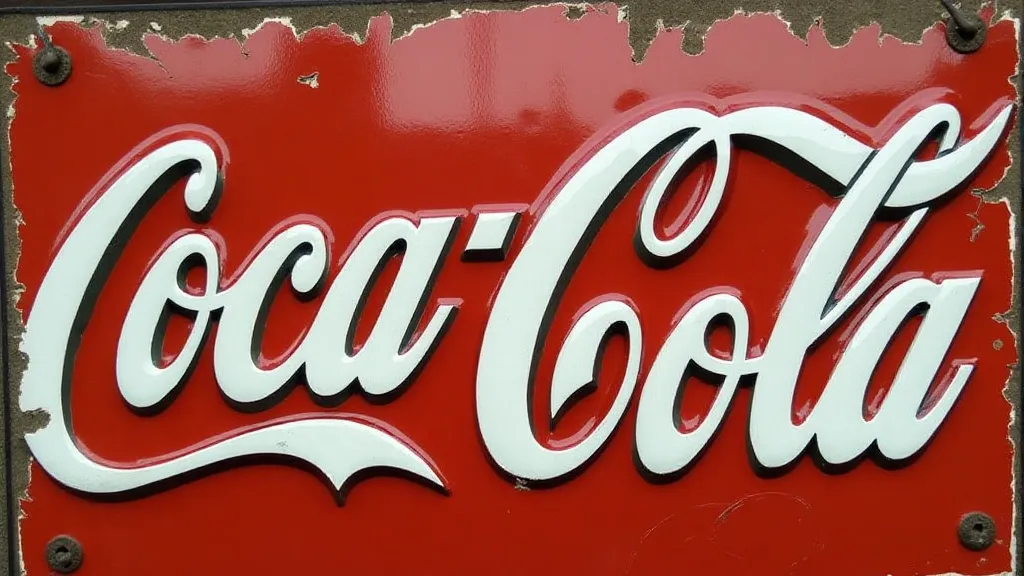
Consider the subtle shifts in gender representation. Early signs often depicted women as homemakers, reinforcing traditional roles. Later signs began to portray women in more progressive ways, reflecting the changing dynamics of society. The disappearance of certain products and the abandonment of their advertising echoes the changing world, their stories fading but leaving behind visual imprints. The rise and fall of many brands themselves serve as a potent reminder of the cyclical nature of consumerism. Collecting them provides a unique perspective on history.
Preserving a Cultural Memory
Collecting vintage advertising signs isn’t just about acquiring beautiful objects; it’s about preserving a cultural memory. These signs are tangible links to a bygone era, offering a glimpse into the lives and aspirations of those who came before us. They are reminders of a time when craftsmanship was valued, when products were marketed with personality, and when communities were built around local businesses.
Restoration can be a delicate process. Over-cleaning can strip away the patina and erase the signs of age that contribute to their charm. While rust removal might seem appealing, it often diminishes the sign's authenticity and character. The goal is to stabilize the sign, protect it from further deterioration, and appreciate it for what it is – a testament to a particular moment in time. Understanding the correct methods for preservation is crucial for ensuring these artifacts endure for future generations. Many collectors adhere to strict sign collecting etiquette guidelines to maintain their integrity.
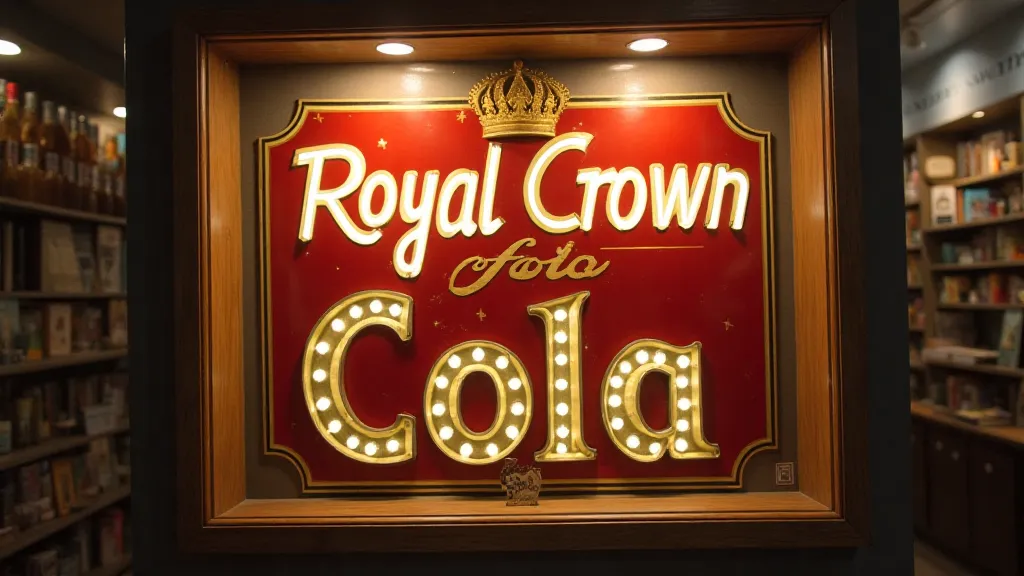
The joy of collecting lies not only in finding rare and valuable signs but also in the stories they tell. Each sign is a conversation starter, a window into the past, a reminder of the ephemeral nature of corporate identity and the enduring power of human creativity. They are echoes in enamel, whispering stories of a bygone era, waiting to be rediscovered and appreciated. The sheer volume of signs that existed is staggering, and piecing together their history is a constant learning experience. The evolution of advertising techniques mirrors the broader economic and social changes that shaped the 20th century.
The rise of mass production played a critical role in the proliferation of advertising signs. As companies sought to expand their reach and market share, they relied heavily on visual marketing to capture the attention of consumers. The accessibility of lithography allowed for the mass production of vibrant and eye-catching signs, which were strategically placed in high-traffic areas. The impact on local communities was significant, as businesses competed to stand out from the crowd. These signs became integral parts of the urban and rural landscape.
The value of these signs extends beyond their monetary worth. They represent a connection to a time when businesses were more closely tied to their communities. Local businesses often sponsored local events and organizations, and their advertising signs became symbols of community pride. The loss of these signs is a loss of a tangible link to the past, a reminder of a time when communities were stronger and more closely knit.
For enthusiasts looking to deepen their appreciation, consider researching the specific techniques used to create enamel signs. The layering of enamel, the firing process, and the hand-painting techniques required incredible skill and precision. Many of these techniques have been lost over time, making vintage enamel signs even more valuable and sought after. It's a craft that deserves to be remembered and celebrated.
The future of preserving these relics lies in the hands of collectors, historians, and museums. Continued research and documentation are essential for ensuring that these treasures are not forgotten. The stories they tell are too important to be lost to time. Perhaps future generations will look back at our current era and collect our advertising signs, seeking to understand the values and aspirations of our time.


